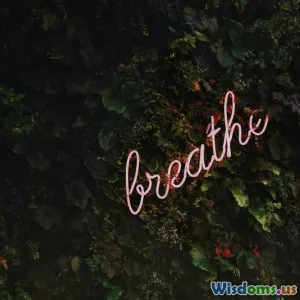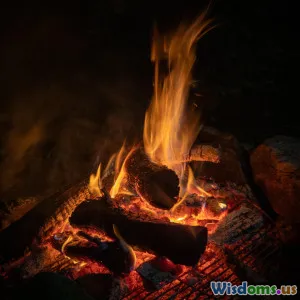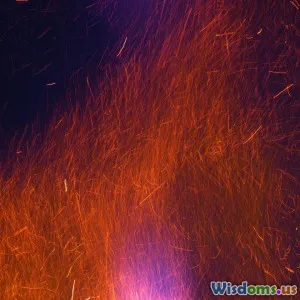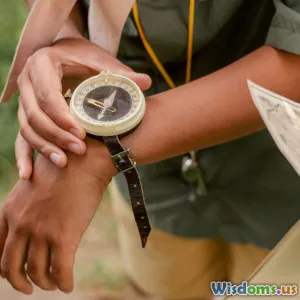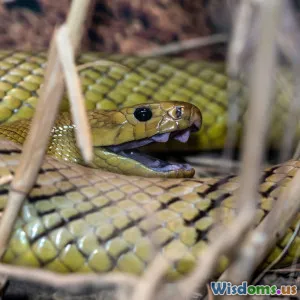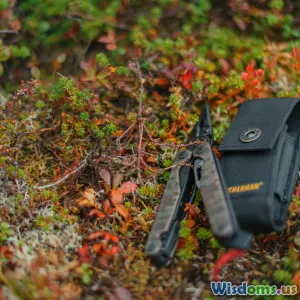
Personal Story My First Successful Survival Hunt With Pistols
17 min read A firsthand account of overcoming challenges during my inaugural survival hunt using pistols, highlighting strategies, lessons, and thrilling moments in the wild. (0 Reviews)
My First Successful Survival Hunt With Pistols: Lessons, Triumphs, and Unforgettable Insights
Huddled under the shade of a gnarled pine, I could feel my heart thud in sync with the chirp of a distant bird—not out of fear, but a focused adrenaline you only experience in the wild. For years, I’d read classic stories about survival hunting, watched epic documentaries, and trained at ranges, running drills and learning techniques. Yet nothing could prepare me—physically or mentally—for my first true, self-reliant hunt armed solely with a pistol.
Unlike cinematic portrayals, survival hunting is less about heroics and more about precision: in mindset, planning, and execution. Through mistakes, triumphs, and unexpected encounters, my journey became a crucible for humility and resourcefulness. Here’s how it unfolded—and the critical lessons any aspiring survivalist should heed.
The Decision to Hunt With Pistols

Why choose pistols over traditional hunting arms? For me, the answer was rooted in realism. In a true survival scenario—imagine unexpected dislocation, disaster, or a failed primary weapon—your sidearm can become your only means of procuring food and defense. Furthermore, pistols force brutal honesty about your skills; there’s far less room for error than with a rifle’s longer range or shotgun’s spread.
Preparation began months earlier. I selected a reliable, mid-caliber semi-automatic pistol—specifically a 9mm model with an extended barrel. The rationale was straightforward: balance between stopping power, manageable recoil, and widely available ammunition. My backup was a .22LR revolver—lightweight, quiet, and potent enough for small game when shot placement was perfect.
Before venturing out, I drilled live-fire at varied, often awkward positions, practiced ammo conservation, and raced myself through reloading in simulated stress conditions. I even set a personal rule: every shot had to count. My mindset transitioned from shooter to sustainer—embracing the deliberate patience needed in the wilderness, far from the comfortable rhythm of the range.
Gear Selection and Pre-Hunt Preparation
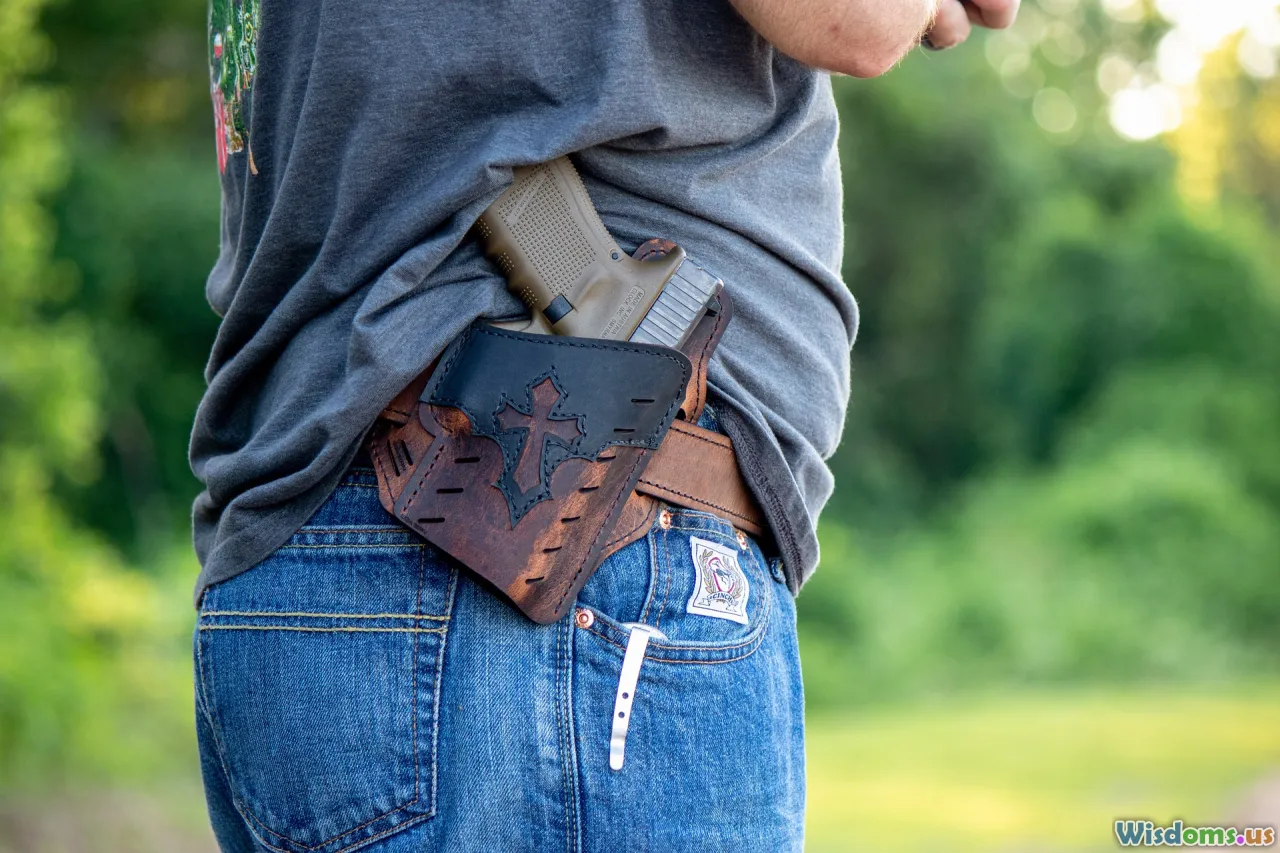
Packing was an exercise in prioritization. In a survival setting, every ounce matters. Besides my pistols and two spare magazines each, I packed:
- A sturdy belt holster for quick draws without snagging
- Compact cleaning kit (dust and moisture can cripple a pistol in the wild)
- High-quality fixed-blade knife for dressing game and general tasks
- Lightweight water purification methods (iodine tabs, collapsible filter)
- First-aid kit tailored for cuts, sprains, and blisters
- Minimal food: high-calorie bars ( ″eat what you hunt ″ was my goal, but fail-safes are critical)
- Binoculars, paracord, and small LED light
I wore layered clothing ″lightweight but tough ″and hiking boots broken in over previous months to avoid blisters. My objective: spend no more than three days in the field. The weather forecast promised mild temperatures, but I was prepared for rapid shifts. (Pro tip: the wild doesn’t respect apps.)
Reviewing topo maps and satellite images, I identified a region thick with small game trails—rabbits, squirrels, even signs of feral hogs. I timed my hunt for late spring, which offers an abundance of both game and edible plants. That strategic overlay—predicting not just where prey might be, but what environmental triggers move them—became my unseen ally as the real test began.
Tracking and Awareness: Moving To A Hunter’s Mindset
Stepping into the woods, firearm holstered but always at the ready, I realized how crucial situational awareness was. With a pistol’s short effective range (typically 15-30 yards for most shooters), you must practically bump into your quarry or patiently await its approach.
All senses became amplified; I paid attention to snapped branches, tufts of hair on bark, scat, and subtle changes in bird calls. Early on, I made several mistakes—crunching too loudly through leaves, following the wind ″wrong ″ and sending my scent ahead. These early miscues meant missed opportunities, but also forced recalibration of my approach:
- Move only when necessary; freeze often
- Lean into available cover ″bushes, rocks, and low scrubs
- Focus vision and hearing beyond your immediate line of sight
I learned to interpret small signs—a fresh scratch on bark indicated recent rabbit passage and hollowed nut shells hinted at squirrels still nearby. Even my peripheral vision improved, giving me glimpses of tails flicking or ears perking—crucial split-seconds before my prey vanished.
The Successful Shot—And Its Challenges

The true test of a pistol for hunting arrives the second you line up iron sights on a living, unpredictable target. In my case, it was a well-fed cottontail rabbit that emerged near a thicket at twilight, just as I was considering breaking for camp.
I had rehearsed this moment relentlessly at the range—but the real world was messier:
- Both hands slightly numb from cold, I resisted the urge to rush
- I exhaled steadily, slowed my pulse, and gripped the pistol gently
- At under 20 yards, this was within my practiced comfort zone—but just barely
The shot snapped and echoed, startling nearby birds. To my relief, my aim was true. The rabbit fell cleanly, dispatching without undue suffering. Emotion washed over me—pride, respect, and surprise. Not every attempt had gone this smoothly. Earlier, I’d spooked a pair of squirrels by shifting my position, and wasted a shot by failing to compensate for a branch obscuring my sight-line.
What mattered, ultimately, was the relentless return to fundamentals: patience, calculated precision, and ethical respect for the animal. Using a smaller-caliber hunting tool, every error was magnified, but so, too, was every hard-earned success.
Processing Game and Learning Resourcefulness
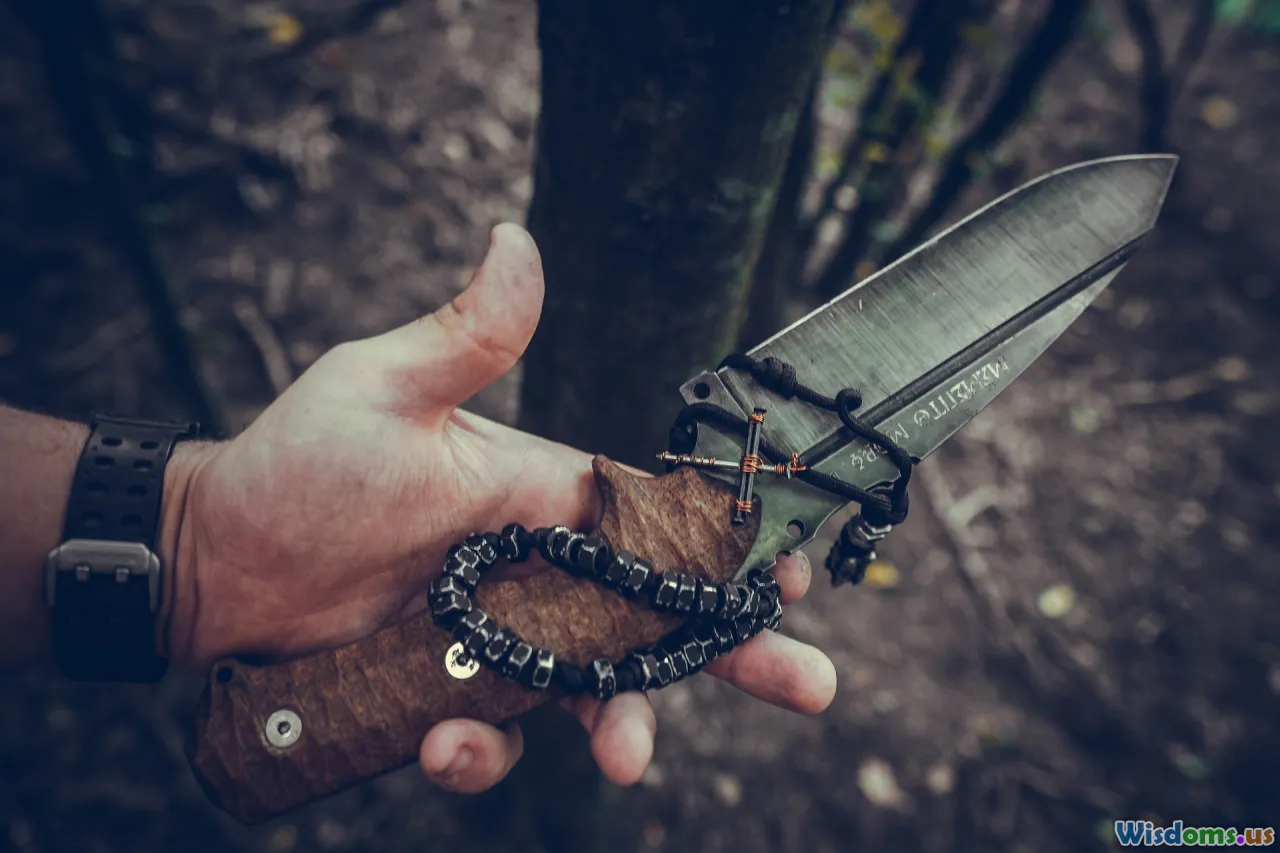
With food secured, the next stage was equally demanding. Field dressing a small animal with minimal tools shouldn’t be underestimated, especially when cleanliness and careful use of limited resources are critical. I used my fixed-blade knife—previously honed to a surgical edge—to skin, gut, and quarter the rabbit.
I built a small fire using a Dakota fire hole (which minimizes visible smoke—a useful survival technique) and roasted simple medallions of rabbit over embers. The flavor, nuanced and slightly gamey, carried a depth both physical and psychological: nourishment produced by my own resoluteness and skill.
- Use of every edible part became a necessity. Organs were fire-roasted, bones boiled for broth, even the hide reserved for later craft or cordage use.
- Any inedible remnants were burned or buried away from camp to avoid attracting scavengers.
These rituals cultivated a deeper mindfulness—survival hunting is as much about minimizing waste and respect for life as about the mechanics of a clean kill.
Lessons Learned: Mistakes, Adaptations, and Advice

In the aftermath, settled against a crackling fire, I catalogued hard-won lessons—each scribbled in a battered notebook I carried for the occasion. For anyone contemplating a similar foray, a few key insights stand out:
1. Know Your Ballistics and Limitations
Pistols have inherently shorter effective ranges and less stopping power compared to rifles or shotguns. Spend time at the range learning exactly where your bullets strike at multiple distances. My on-bench confidence flagged when facing real branches, brush, and unpredictable animal movement.
2. Environment Dictates Everything
Wind, rain, light, even the microclimate of a shaded brook, drastically affect animal behavior and hunter approach. True success comes from spending time scouting, slowing down, and letting the environment teach you.
3. Gear Maintenance is Crucial
Dirt (or even congealed blood) can turn a capable pistol into deadweight. A field cleaning kit and relentless attention toward tool function—a quick barrel bore swipe and magazine inspection at night—saved me from disaster when grit nearly jammed my 9mm’s slide.
4. Ethical Considerations—Every Shot Matters
It’s tempting, with hunger or frustration mounting, to rush shots. Every round fired must serve two masters: maximizing food yield with clean kills, and conserving your irreplaceable ammunition supply. Waste is both a physical and moral problem in survival hunting.
5. Adaptability Trumps Planning
Meticulous prep is noble, but the woods will undo your best-laid schemes. Animals arrived from unexpected directions, weather shifted instantly, and navigation occasionally became guesswork when landmarks blurred. Adaptation became my guiding star.
Comparing Pistol Hunting With Traditional Methods
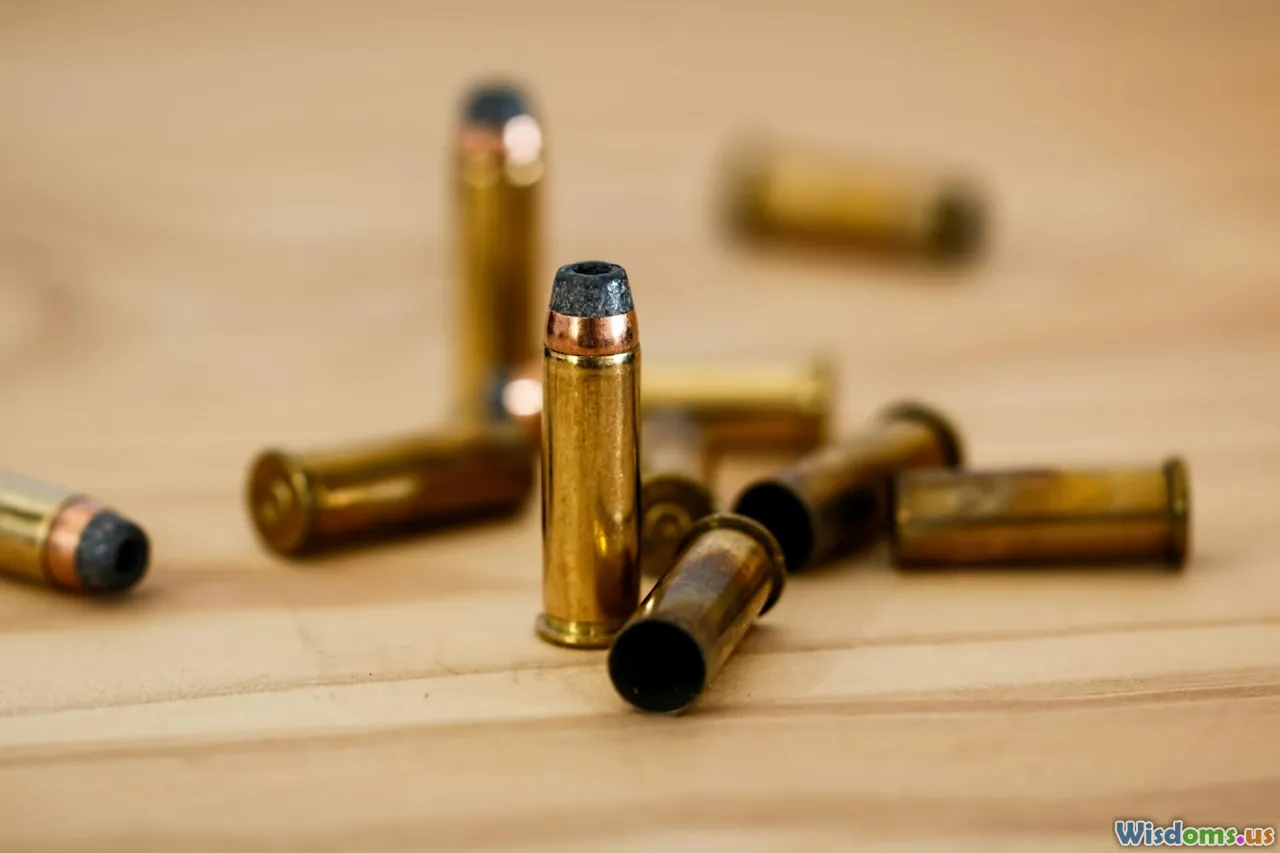
Pistol-based survival hunting differs profoundly from more conventional methods. I’d previously hunted deer with a .30-06 rifle and birds with a trusty shotgun—those tools allow greater distance, margin for error, and usually, a faster second shot.
The pistol, by contrast, demands:
- Richer bushcraft skills, since you must close distances stealthily
- Heightened situational alertness
- Efficient, practiced shot placement
- Often, the forgoing of larger game for ethical (and legal) reasons
I quickly learned that, for pistols, small- to medium-sized game is not just pragmatic ″it’s essential if you’re to thrive. Unless extremely skilled, consistently taking down larger animals requires patience and an unwavering ethical mindset. Choosing the right caliber—a subject of much debate among survivalists—is another key factor; for every advocate of bigger, heavier rounds, you’ll find someone raving about the versatility of .22LR in a long-term survival scenario.
Practical Tips for New Survivalist Pistol Hunters

If you’re considering adding survival pistol hunting to your skillset, take these actionable steps:
- Train Beyond the Range: Practice shooting from awkward, real-world positions: kneeling behind logs, offhand shots, or lying prone. Rehearse stress drills where you must identify, aim, and hit in seconds.
- Master Ammo Conservation: Hunt as if every round matters—because it does!
- Frame Your Expectations: Don’t expect to stalk and bag game quickly. Embrace tracking, patience, and observation. The forest rewards stillness.
- Build Robust Cover and Concealment Skills: Good camouflage and use of available cover can shrink the gap a pistol can manage compared to the reach of a rifle.
- Always Respect Seasons and Regulations: In non-emergency settings, ensure you’re legally compliant. Know your region’s game, protected species, and weapon restrictions.
- Develop Efficient Game Processing Routines: Practice cleaning and prepping animals with minimal gear, burning or burying non-edible remains to avoid drawing predators.
My own notebook from that hunt is filled with scribbled reminders—lists of edible plants, quick diagrams of animal trails, even meal notes. Survival in the wild isn’t just shooting; it’s sustaining. The mindset forged through careful pistol hunting is invaluable for anyone seeking to become truly self-reliant.
Looking Back: Triumph, Respect, and a Changed Perspective
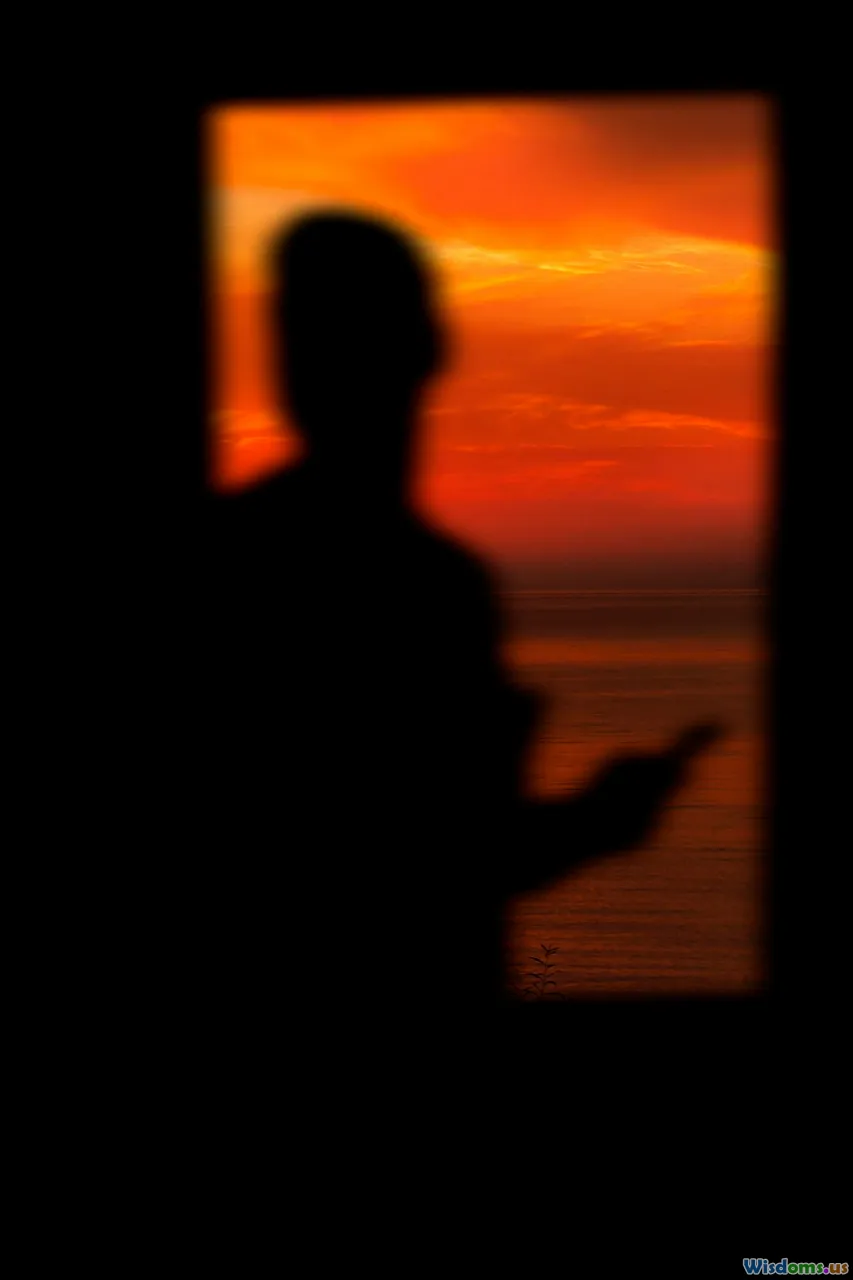
Dawn glimmered through the pines as I hiked back toward civilization, my pack lighter but spirit immeasurably changed. What I gained wasn’t just the satisfaction of a meal won through effort—it was a newfound humility, an appreciation for how little separates comfort from challenge, and a sharper respect for all living things.
Survival hunting with pistols forced me to elevate every aspect of preparedness—from precise shooting to nuanced woodcraft, from relentless patience to total adaptability. The initial anxiety melted away, replaced by a hard-won confidence anchored in real experience.
To anyone contemplating their first survival hunt with a sidearm: step out, embrace the difficulty, and welcome the lessons. The wild is a patient, impartial teacher, and with every shot, every quiet observation, you find a deeper version of yourself.
Rate the Post
User Reviews
Other posts in Firearms for Survival
Popular Posts










